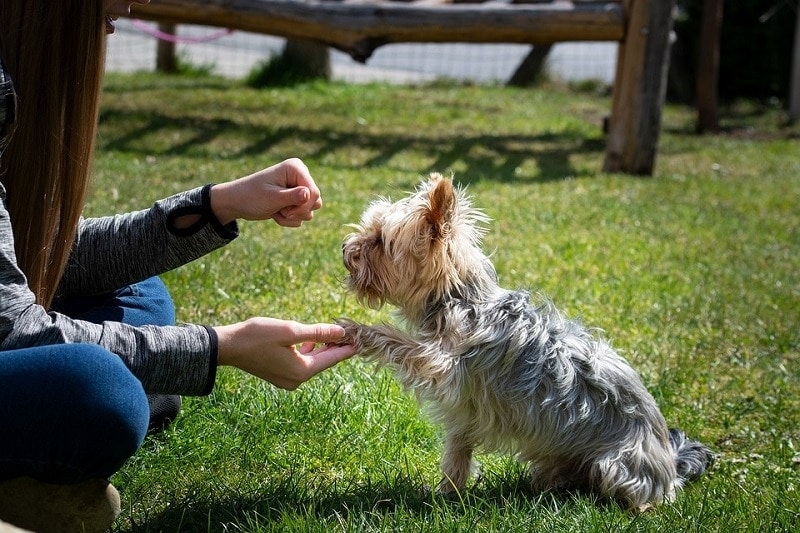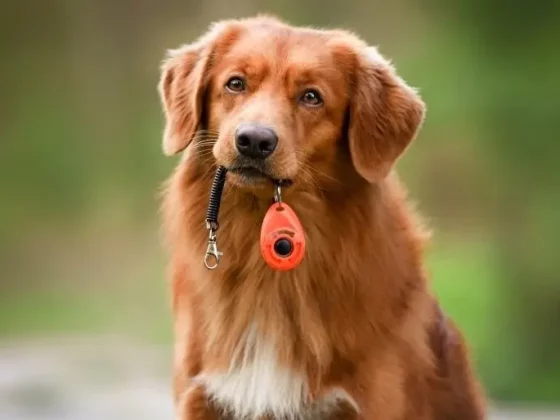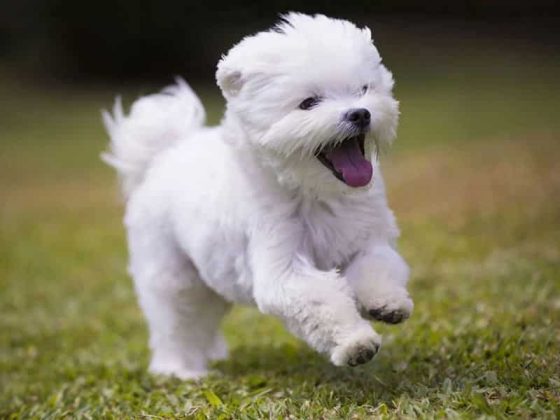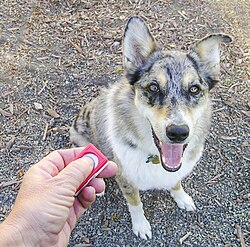Positive reinforcement training involves rewarding desired behavior, making it a potent method for training your dog.
Through positive reinforcement, your dog learns to associate good outcomes with following your commands. If consistently applied, this approach can even discourage behaviors you find unacceptable.
Incorporating Positive Reinforcement Training in Your Dog’s Routine
Timely Rewards
Timely rewards are crucial in positive reinforcement training. For example, if you instruct your dog to sit, reward them within seconds of them following the command. If you delay the reward until they’ve begun a new activity, they may associate the reward with the latter action instead.
Working as a Team
Your dog should see you as a teammate or friend rather than a strict leader whose commands must always be followed. This perspective can alleviate stress for your dog and make the training more effective.
Creating a Suitable Training Environment
Train your dog in a distraction-free surroundings. Avoid having children in the training area. Consider incorporating potty breaks into the training schedule to prevent stress. Training is often more successful when conducted on an empty stomach.
Types of Rewards for Positive Reinforcement Training
Choose treats that your dog loves and finds irresistible. Verbal praise such as “good boy/girl” delivered enthusiastically can also serve as a reward. Prepare a variety of treats for the training sessions to maintain your dog’s interest. Ensure the treats are bite-sized and soft for quick consumption, encouraging your dog to engage in the training for more treats.
Avoid These Practices During Positive Reinforcement Training
Overcomplicating Commands
Keep your commands short and limited to one word. Lengthy commands can confuse your dog and hinder the training process.
Inconsistency
Maintain consistency in your training method. Allowing your dog to act freely when not in training can confuse them about which behaviors are acceptable.
Neglecting Correction
Always correct your dog when they exhibit inappropriate behavior. It’s important to understand that correction and positive reinforcement training should balance each other.
Punishment
Never punish your dog during training, as it can lead to negative behaviors like aggression, anxiety, and fear. Building a strong bond with your dog is crucial during training, and punishment should always be avoided, regardless of circumstances.












